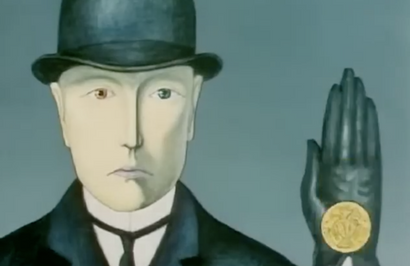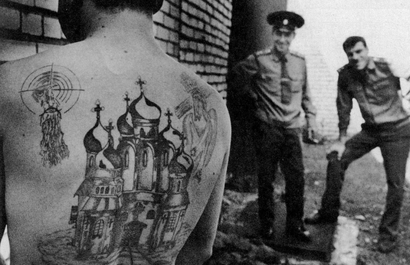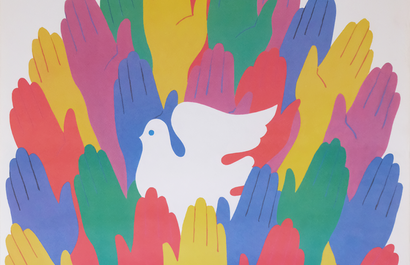Art Factory: The Rise of Soviet Safety Posters in the Workplace

The industrialisation of the Soviet economy was Stalin’s top priority. By his own admittance, the Soviet Union was “fifty or a hundred years behind the advanced countries. We must make good this distance in ten years. Either we do it, or we shall be crushed.” A modern, industrial USSR would have economic independence from capitalist countries. Industrialisation meant the transformation of the Soviet economy from predominantly agriculture to an industrial one.
Text posters for an illiterate population
Upon commencement of the first five-year plan, millions of citizens worked around the clock to build hundreds of factories, power stations, dams, canals, railways and metro stations. Working in shifts, eleven-hour workdays were considered normal, and safety precautions were almost non-existent. But, machines, electricity, hot iron, and sharp tools were a major threat for workers. Workplace accidents were commonplace.
Having stripped artists of their right to independently create art, Stalin commissioned them to create safety posters to line the walls of factories. Art was now an official tool of the state. Artists had to follow strict guidelines on subject and aesthetic. But, the resulting posters were text-heavy and ineffective since half of the workforce was illiterate.

Less text, more visuals
Graphic design was introduced to convey the message in a clear, visual way. The posters evolved from messages that blame the workers for accidents to a more proactive and preventative approach. Bright colours and striking graphics were a common theme, in the hopes of communicating to the largely illiterate population. The posters advised workers to wear safety glasses, not to touch live wires, and to avoid putting fingers in front of blades. Their intention was to catch and hold your attention.
“Attention-grabbing was one thing, but providing information was the actual goal of the posters. An older study done by Schultz and McFarland in 1935 highlights important aspects of independent studies done in the 1920s and 1930s. Schultz and McFarland explain that the poster designers in the earlier years of the Soviet Union thought that using shocking imagery was the perfect way to get their safety message across. The artist would use blood, horrible wounds, and explosions to explain to workers that if they used the machinery wrong, accidents could happen. According to Schultz and McFarland, one study showed that the horrifying art did an excellent job of educating workers, but another study concluded that it was simple, informative posters that were the most effective.”
The first five year plan was a great success depending on who was measuring success. By 1932, the production of heavy industries had increased by almost threefold. Citing those figures, Stalin said "this means that our country has become firmly and finally an industrial country". Western researchers argued that the statistics were falsified, and none of the goals were even close to being achieved. Workplace accidents were still commonplace. Even today, legislators in Russia choose to promote the interests of industry and business, while neglecting occupational safety and routinely violating workers’ rights. Shop our safety posters below or explore the collection here.
Our commitment to freedom and equality is unwavering. We donate 10% of the price of each artwork to Human Rights Watch, an independent, non-profit NGO that exists to give voice to the oppressed and hold those responsible accountable. Read more about our commitment to freedom and equality for all here.






